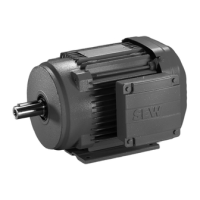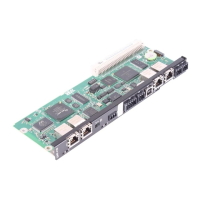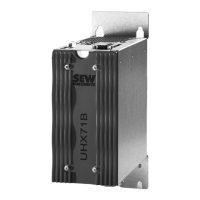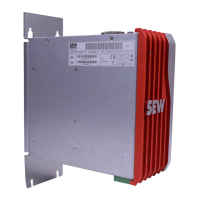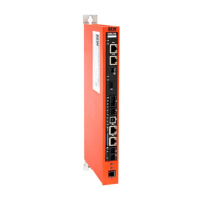Appendix B – Configuring the PC for Ethernet subnetworks
Manual – ECC-DFC field bus controller
10. Appendix B – Configuring the PC for Ethernet subnetworks
10.1. IP addresses and subnetworks
In order to connect to a network and/or use and control a conveyor system with
several subnetworks, a certain amount of knowledge about Ethernet IP address-
es is required. This section gives you some background information and provides
a brief instruction concerning the configuration of your PC so that you are able to
gain maximum benefit from the ECC-DFC fieldbus controller and the ECShell
engineering software.
The IP address of the PC is used by an Ethernet network to identify the PC in the
network. An IP address consists of 4 numbers or octets. Each number can con-
sist of a value from 0 to 255. The format of an IP address is:
AAA.BBB.CCC.DDD
Whereby AAA, BBB, CCC, and DDD can theoretically be a value between 0 and
255. Each PC in a network has a unique IP address. The AAA value identifies the
class of the network and is especially relevant for IT experts and other parties
such as Internet providers etc. For the purpose described here, a class C network
is used that has a value of 192 for AAA. 168 is the BBB value. The two octets
192.168 for AAA.BBB are the most commonly used ones for user-configurable
networks. The values AAA.BBB.CCC identify the subnetwork to which the PC is
connected.
Think of the subnetwork as a group of PCs or modules that can all communicate
directly with each other. If, for example, the subnetwork IP address
(AAA.BBB.CCC) of a PC is 192.168.0, every other PC or every other device on
the network whose subnetwork is also 192.168.0 can communicate with the oth-
ers. In this case, our network can consist of 256 devices, since the DDD octet
must be within the range of 0 to 255, and each complete IP address may only
occur once. Each other PC or module in our network whose subnetwork is not
192.168.0 cannot communicate with the others.
In order to put the PC in a position to communicate with more than 256 possible
addresses in the network, the IP address configuration of the PC uses another 4-
octet value that is known as the subnet mask. This value allows the PC to recog-
nize other subnetworks in the same network.
The following figure shows some typical values for subnet masks and the result-
ing number of subnetworks that can be addressed:
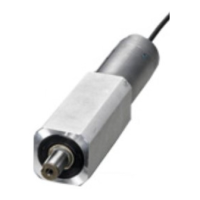
